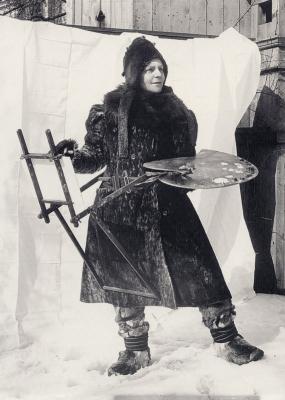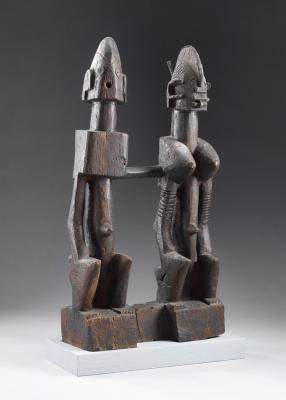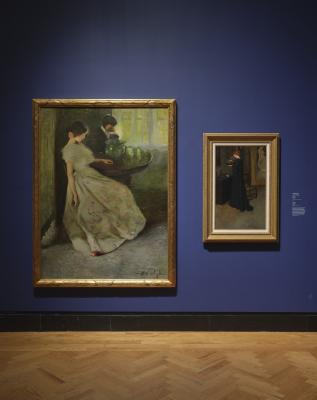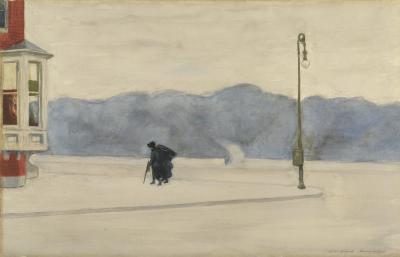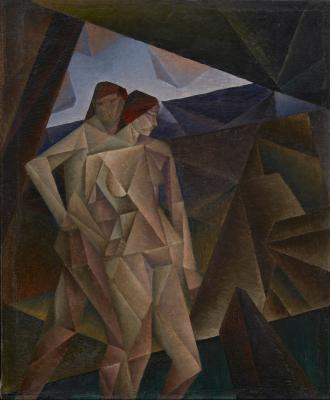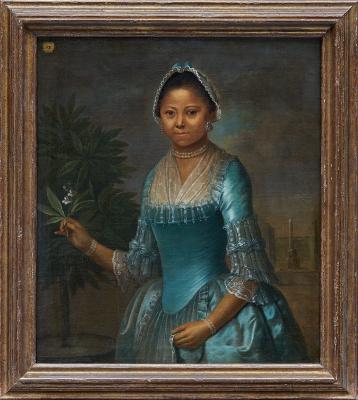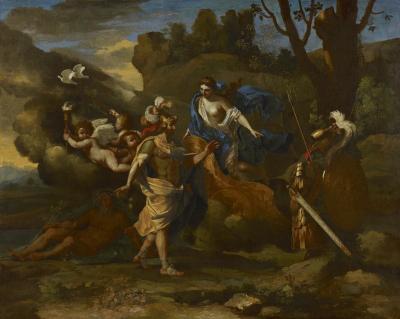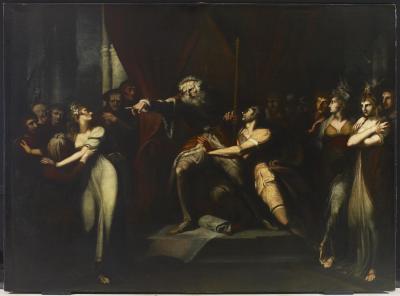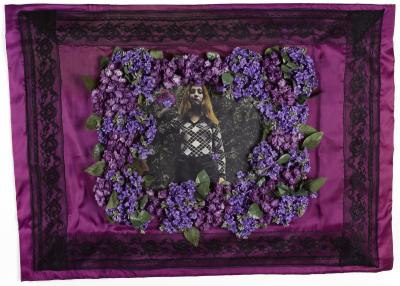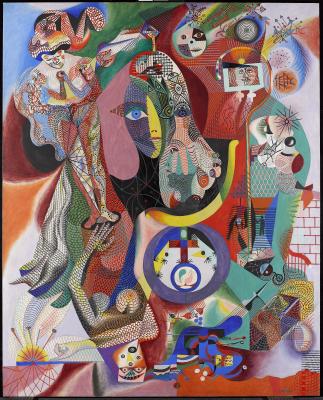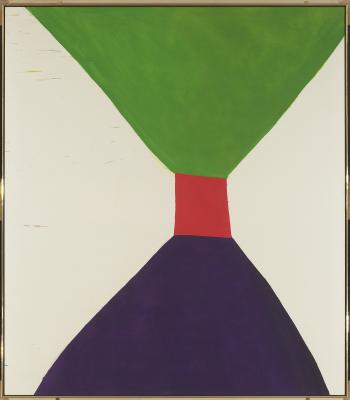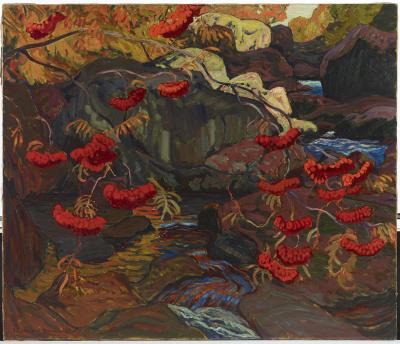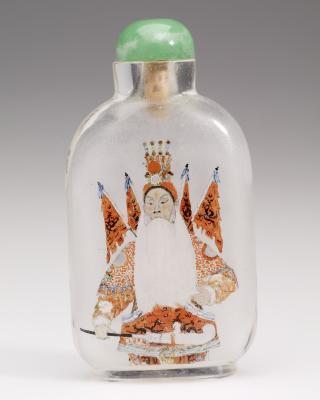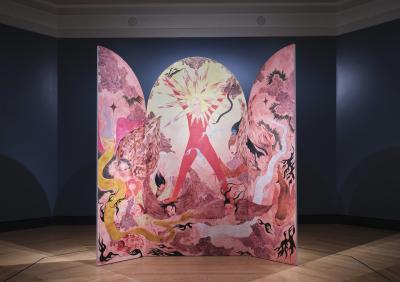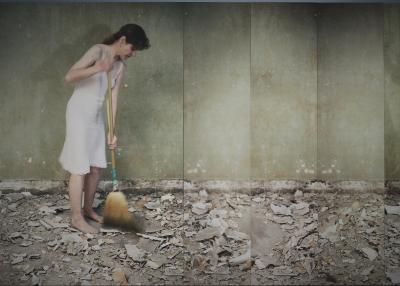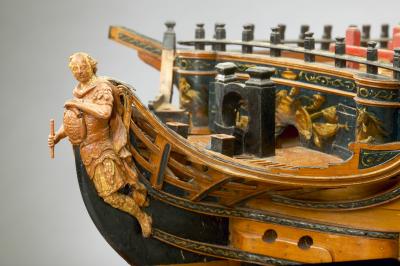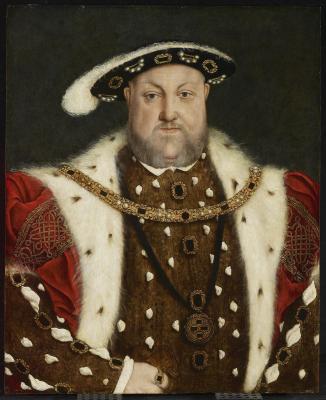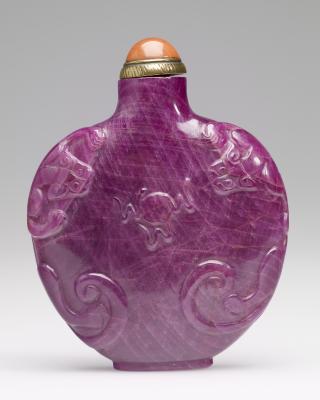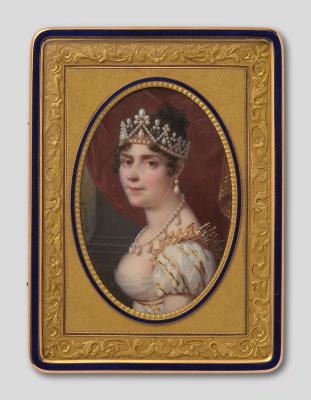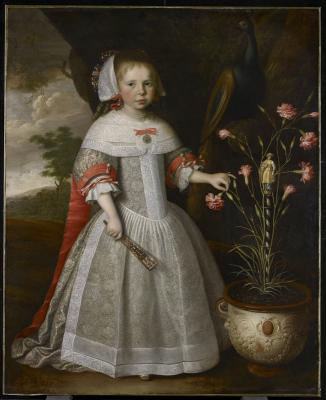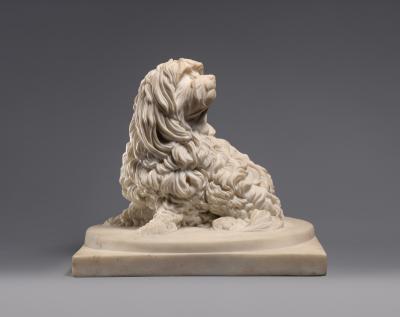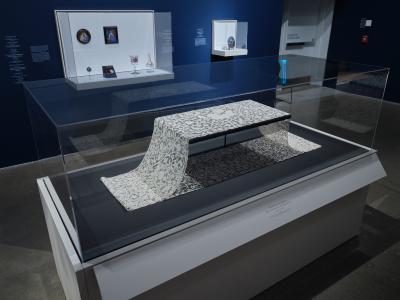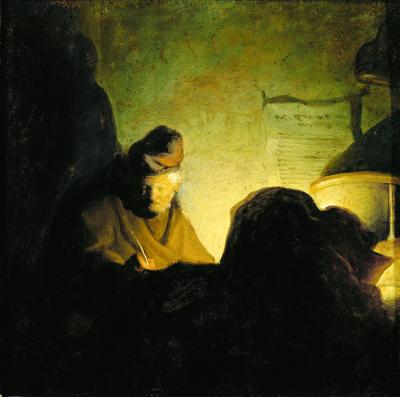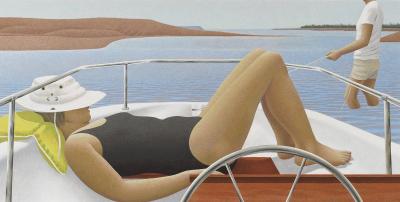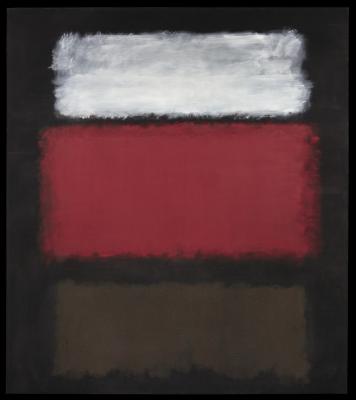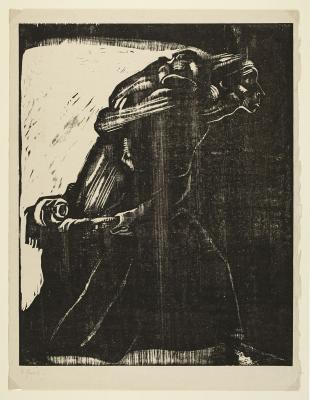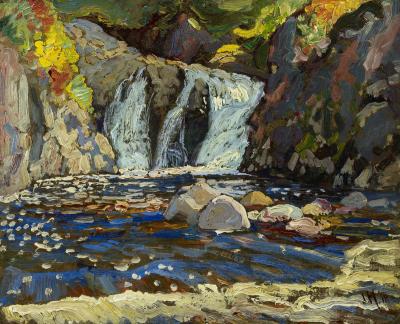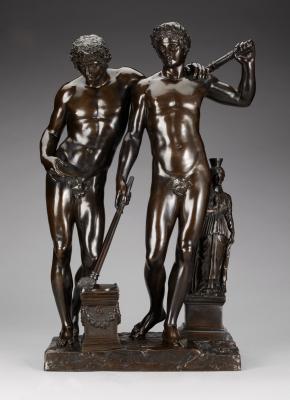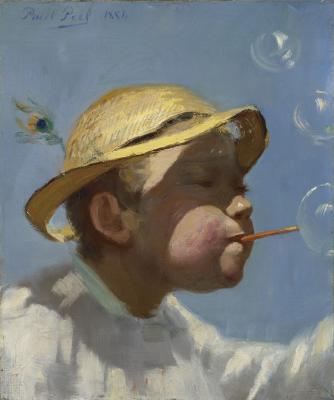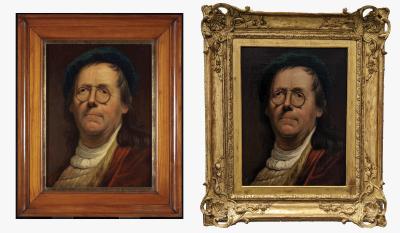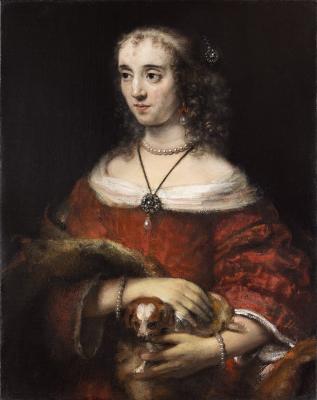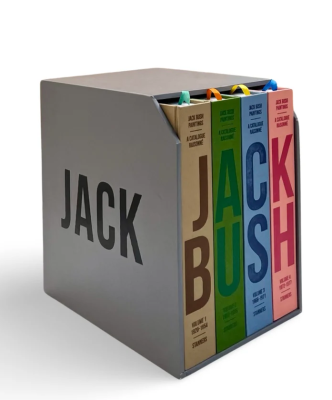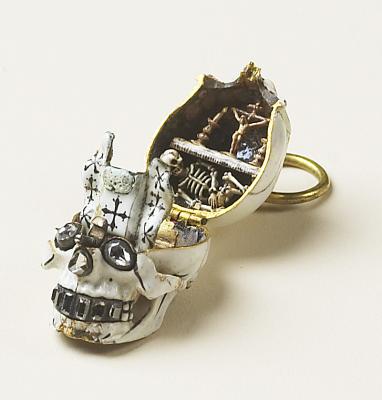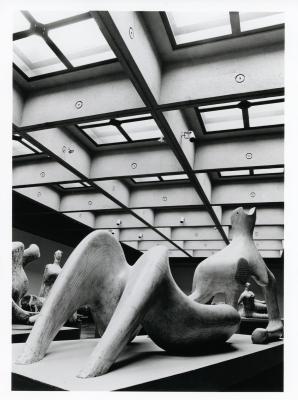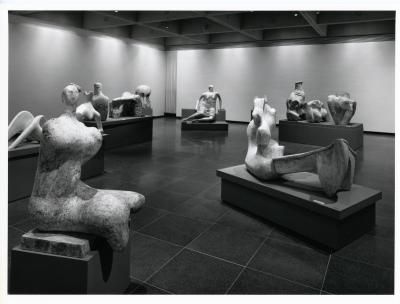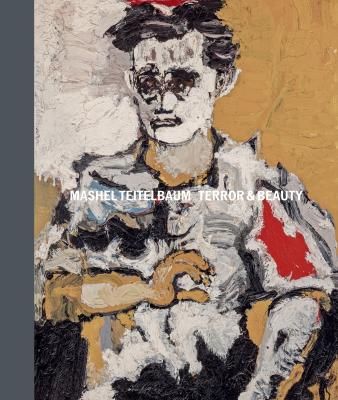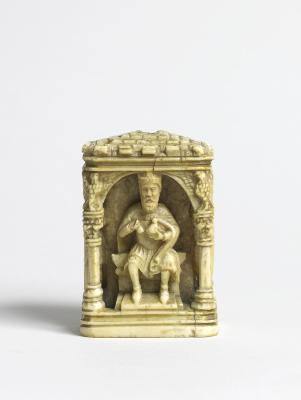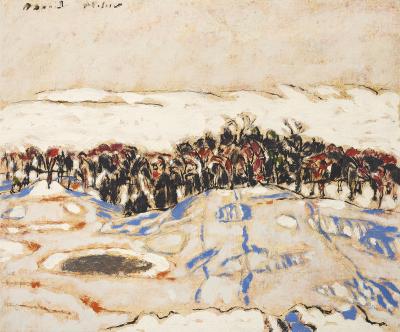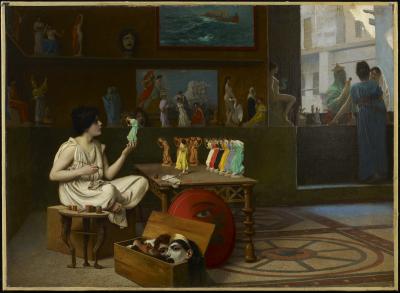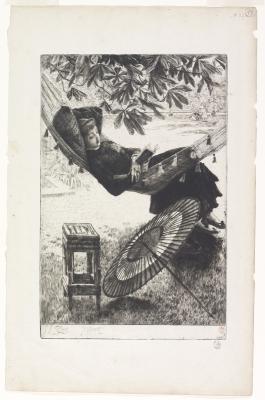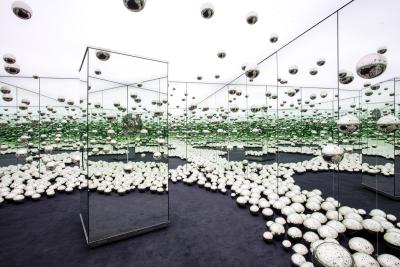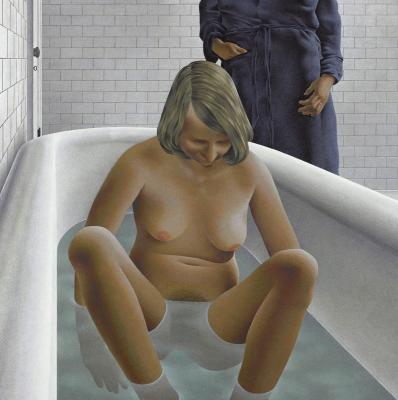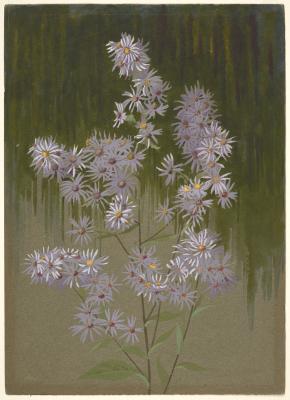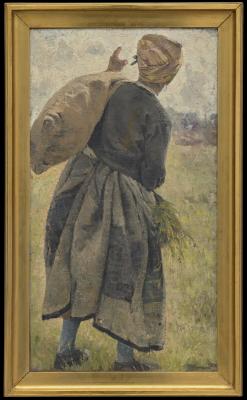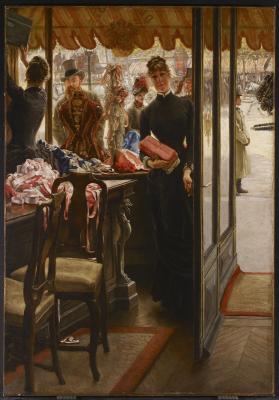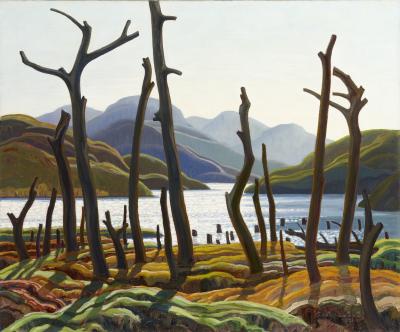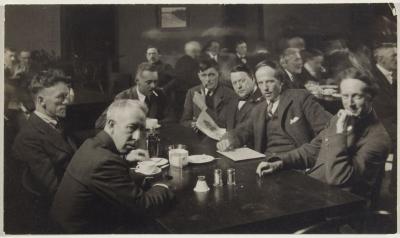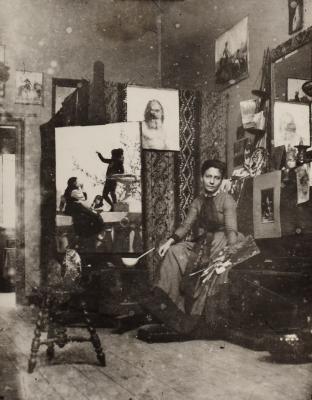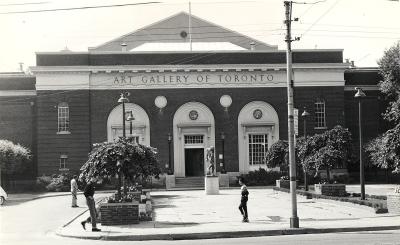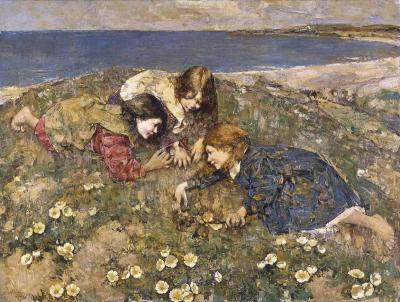Ask Aunt Easel: blooming and teeing off
Aunt Easel answers your most pressing questions with grace, humour and a little art history.
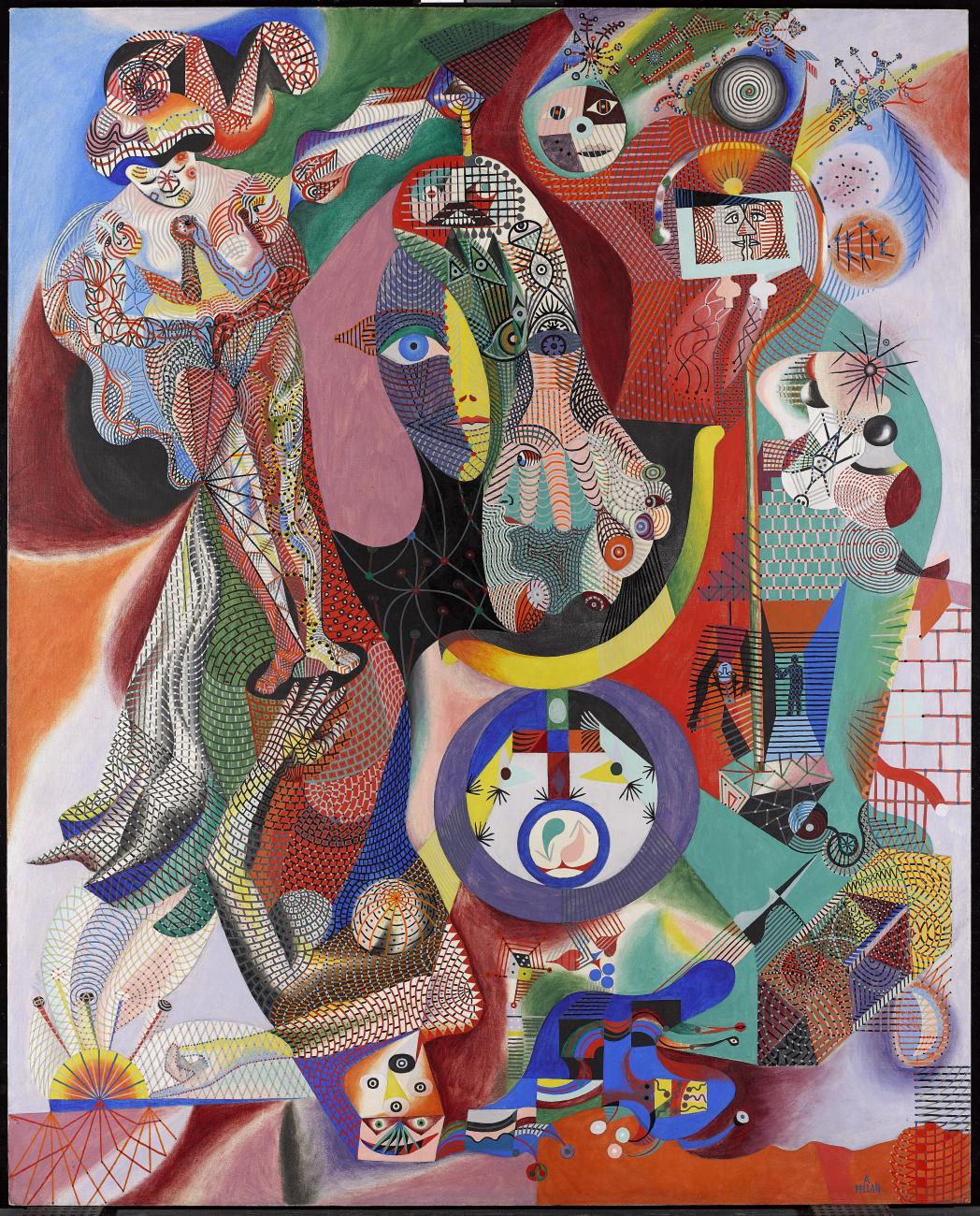
Alfred Pellan. Femme d'une pomme, 1943. Oil on canvas, Overall: 161 x 129.7 cm. Gift of Mr. and Mrs. Charles S. Band, 1956. © Art Gallery of Ontario 56/7.
Our potted Aunt Easel, the Foyer’s intrepid advice columnist, is back with even more humorous and unhinged insights, all ripped straight from the art history books. Have a question? Need some artistic comfort? Send your questions to Aunt Easel at [email protected]
Dear Aunt Easel,
I love flowers, but they don’t love me! I am having the dickens of a time getting two hydrangea plants to bloom. One is about 20 years old and the other is four. All they produce is leaves.
They get fed and watered and get full sun...Am I missing something?
Signed,
No Blooming Good
Dearest NBG,
I’m hedging a bit here. I assume you have already consulted the Almanac, and know this could all be the result of daring to mulch on a high tide. My thumbs are chartreuse, but I’ve been spying on my neighbours and I’ve definitely heard them say hydrangeas are tricky. What I do know is that the Victorians associated hydrangeas with frigidity. Apparently, men sent bouquets of them to the women who dared spurn their advances, which is fun. Is it possible you’ve been paying them too much attention and all they really need is a good cold shoulder?
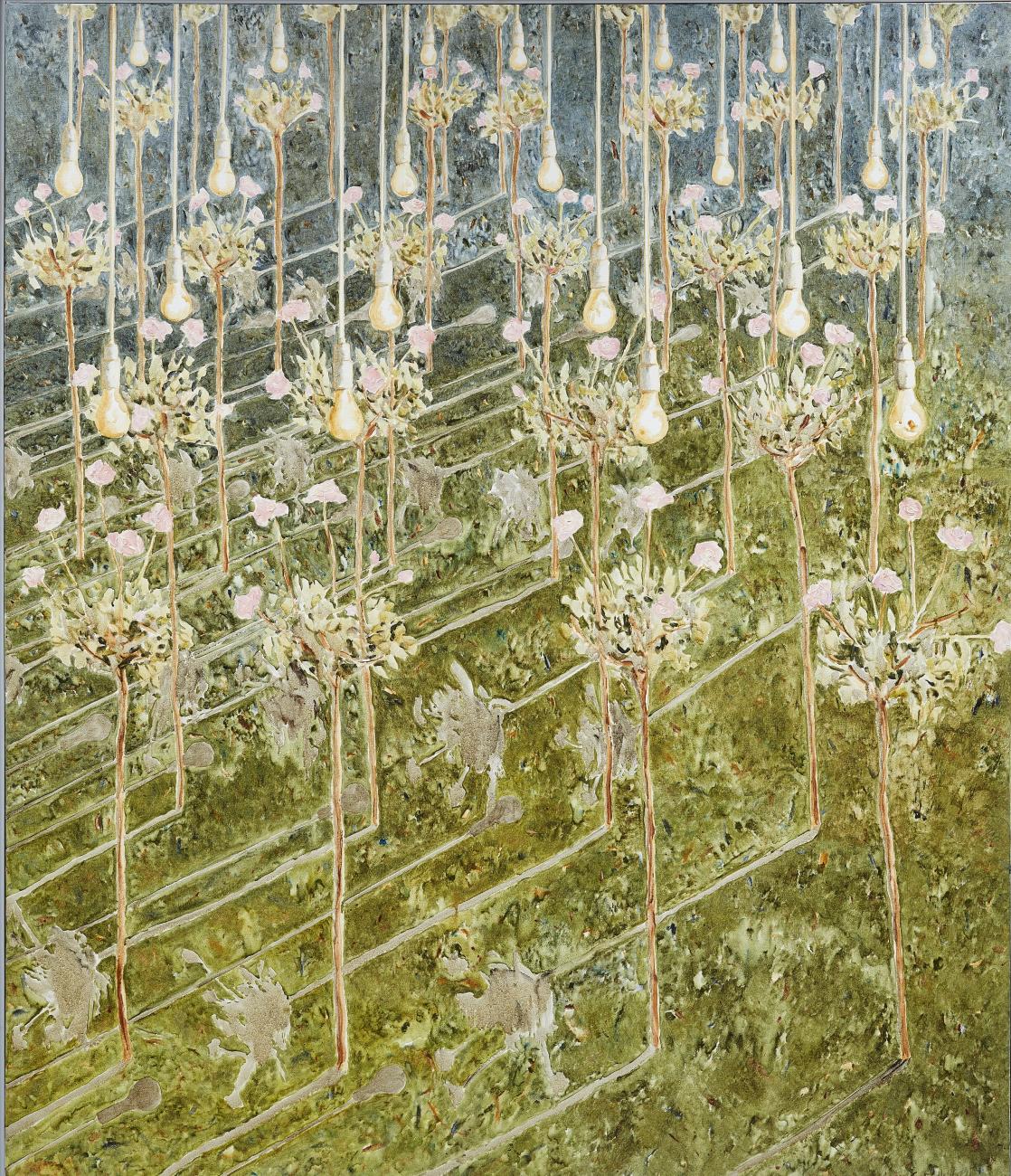
Gathie Falk. All over Rose Trees and Light Bulbs, 1984. Oil on canvas, 198.1 x 167.6 cm. Gift Norcen Energy Resources Limited, 1986. © Gathie Falk 86/53.
Whatever the cause, my advice is to fetch the weed whacker. Nature always wins, and when it doesn’t, it’s because we do something terrible. They don’t want to bloom, and you’re not frigid – so give them up and plant something else. If you’re looking for inspiration – there’s a great painting by the Canadian artist Gathie Falk (b.1928) entitled All Over Rose Trees and Light Bulbs from 1984. She’s a big one for commonplace objects; perhaps you’ve seen her series of single right shoe sculptures and ceramic fruit piles. By arranging and combining items in theatrical ways, she dares to reassess their significance, unleashing the possibility of “something singular, if not exotic.” Imagine what you could do with a few Pyrex coffee pots and some butterfly weed. John Ruskin said we must embrace “purity, simplicity, and above all…local and actual truth”, a noble sentiment as relevant for art as for gardens.
Dear Aunt Easel,
I’m in the weeds and need help. Last weekend, a business acquaintance asked me to take his place in a charity golf tournament. I did gladly, although he neglected to mention that it was a father and son tournament. It was a nice day and me and my imposter ‘dad’ won handily. At the reception that followed, there was a lottery for a big door prize. By fluke, I also won that. The next day, the acquaintance calls me, accusing me of embarrassing him and his dad publicly. What to do?
Signed,
Teeing off
Dear Toff,
Swallowed by a sand trap of good intentions, how awful! But wait. You kept the prize? Really? You didn’t donate it back to the charity immediately on behalf of you and your imposter dad? Sigh….I am not a fan of golf really. Too much emphasis on completion. James II of Scotland banned it in 1457, on account of it being an ‘unprofitable’ distraction, which seems about right.
That's all par for the course. None of this is not your fault, and your acquaintance was foolish to think the ruse would work, and to underestimate you. Take solace from the story of Québécois artist Alfred Pellan (Canadian, 1906–88), who similarly exceeded expectations and suffered. The prodigy of the L'École des Beaux-arts in Quebec City, Pellan sold his first painting to the National Gallery of Canada at the age of 17, and was given a scholarship by the Québec government to go and study in Paris. He did, and after taking in the sights, returned to Canada brimming with Cubist and Surrealist ideas, his canvases full of the spatial organization of Fernand Léger and Georges Braque, the palette of Henri Matisse and the inventiveness of Pablo Picasso and Max Ernst. What did it get him? Certainly not a job at his alma mater. They thought his artwork was too ‘modern’ when he applied. But he persevered, inflicting aspects of European Modernism on the rest of the country, ultimately representing Canada, alongside Carr, Milne and Goodridge, at the Venice Biennale in 1952.
I recommend spending some time with Pellan’s chaoticly arresting painting Femme d’une Pomme (1943) [image at top]. A maelstrom of bodies and geometric shapes interwoven like puzzle pieces, it resists interpretation, but is a delightful reminder of the surreal ways in which expectations and people collide.
